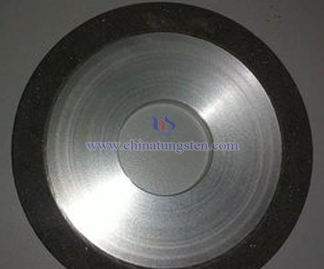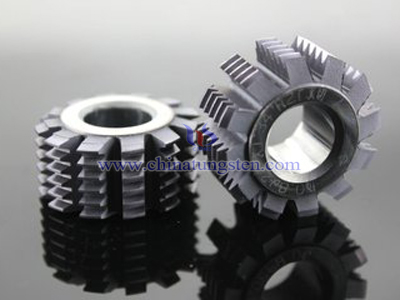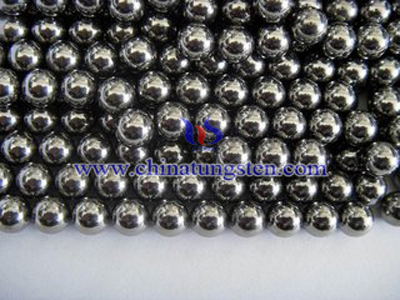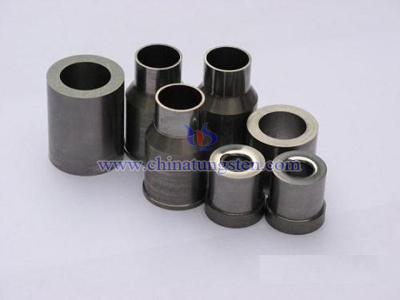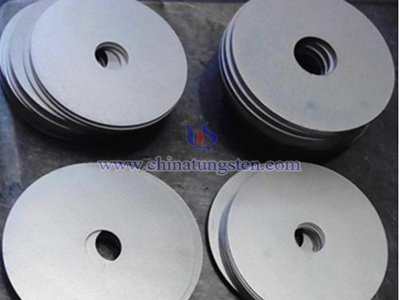Tungsten Carbide Knives Oxidation Behavior
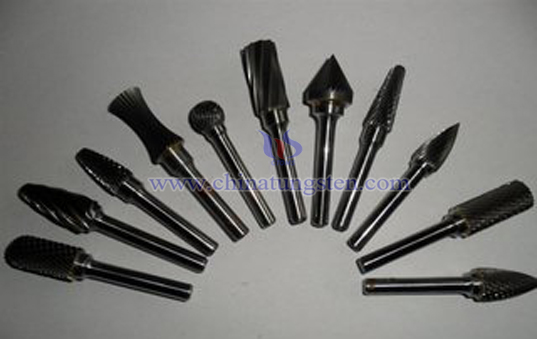
When machining a workpiece, tungsten carbide knives rake face friction zone temperature up to 500 ℃. The oxidation behavior of tungsten carbide knives to become one reason for the knives failure, oxygen in the air and tungsten carbide knives components oxidation reaction, resulting tungsten carbide knives composition and microstructure of the tool surface nearby area changed, reducing the tool mechanical properties, chemical oxidation and corrosion and the tool is the main reason for tool wear.
WC-Co cemented carbide was found in high-speed cutting tool and workpiece temperatures reaching a high contact surface 1000 ℃, therefore, WC-Co cemented carbide is prone oxidation, and different concentrations of oxygen in the atmosphere, WC-Co cemented carbide was oxidized atmosphere oxygen content is higher, the more severe oxidation, the surface of the sample is W03 oxide layer, which exhibits a porous and easy to crack , cracking is generated due to the oxidation process of CO and CO2 gas, volatile gases cause the surface of the sample after the formation of pores, a large number of interconnected pores. Causes oxide was decarburization WC, WC-C in oxygen react to produce a volatile carbon oxides, and carbon-lean WC generate intensity W2C, WC-Co cemented carbide alloy oxide will decrease, accompanied by swelling phenomenon material. WC's first generation III oxidation of carbon monoxide, Carbon trioxide brittle and porous, oxygen diffusion through WO3, in a carbon oxide, along with micro-holes grow, forming pores.
tungsten carbide knives material oxidation resistance related to oxygen and the flow rate, the length of time the level of oxidation temperature and oxidation, as well as the chemical composition and microstructure, such as WC grain size and Co content and so on. Oxygen content, the higher the flow rate, the higher the oxidation temperature, the more serious material oxidation. Co content, WC grain size is an important factor in the antioxidant properties of carbide, an appropriate increase in the content of Co and WC grain refinement can improve the oxidation resistance of carbide materials.

